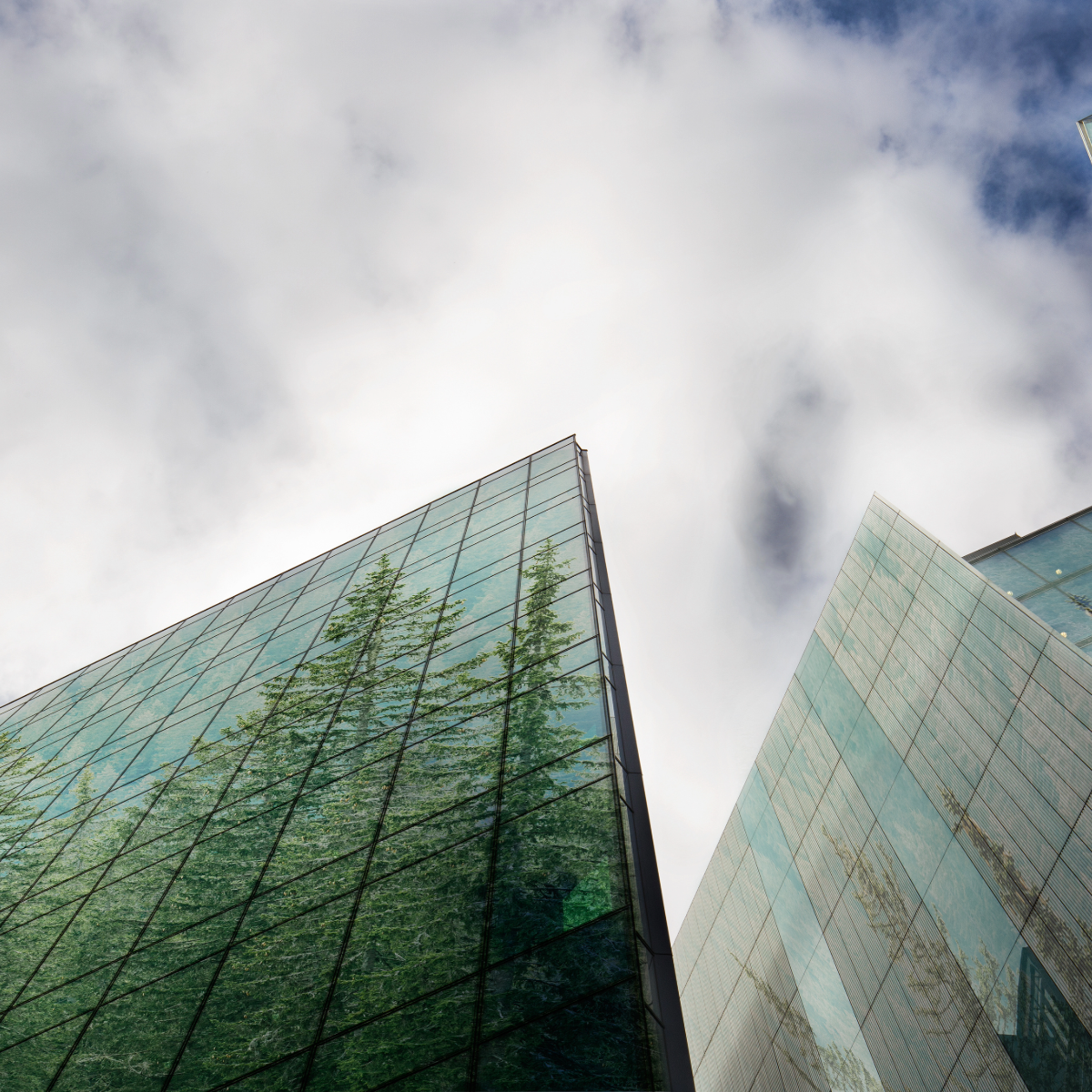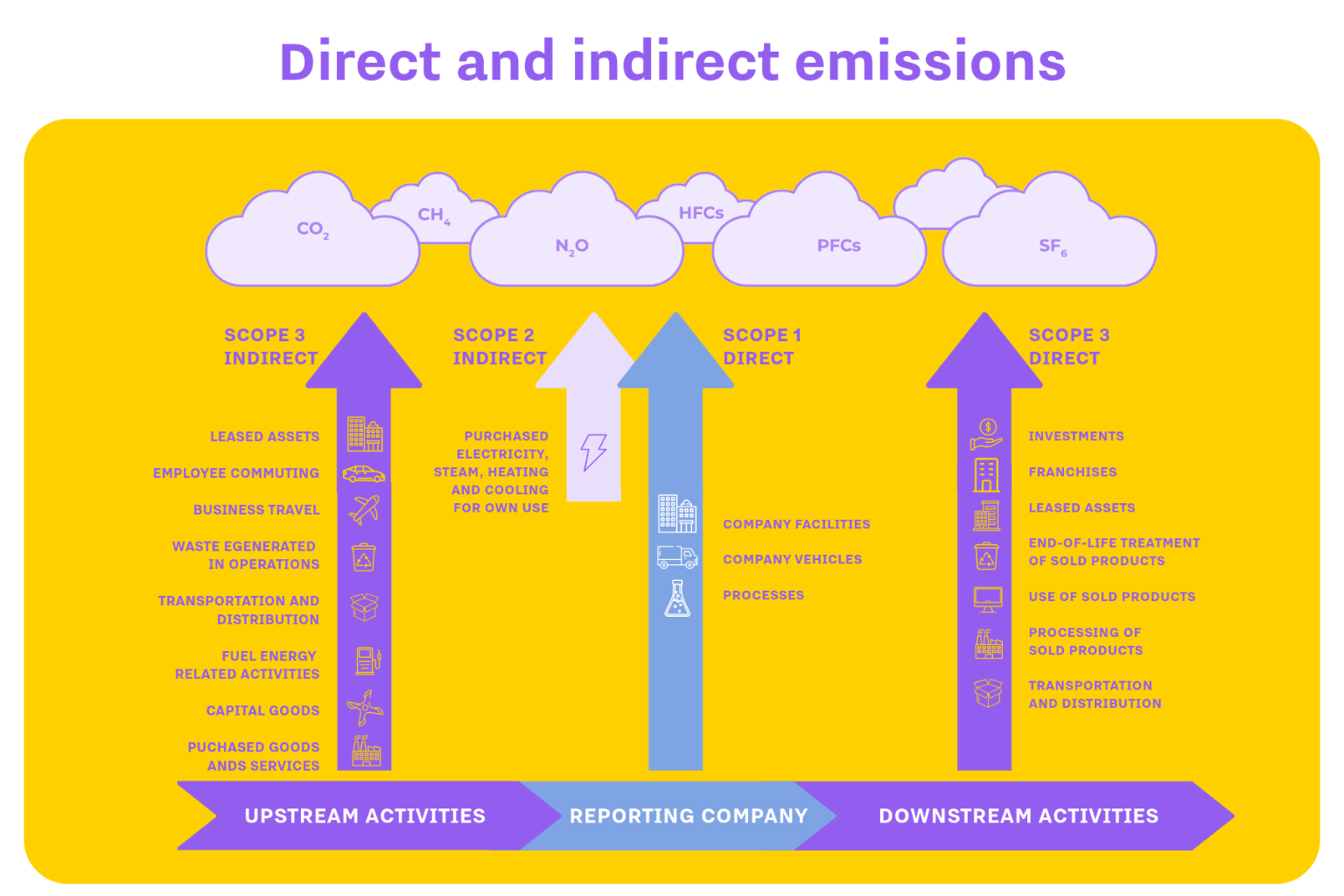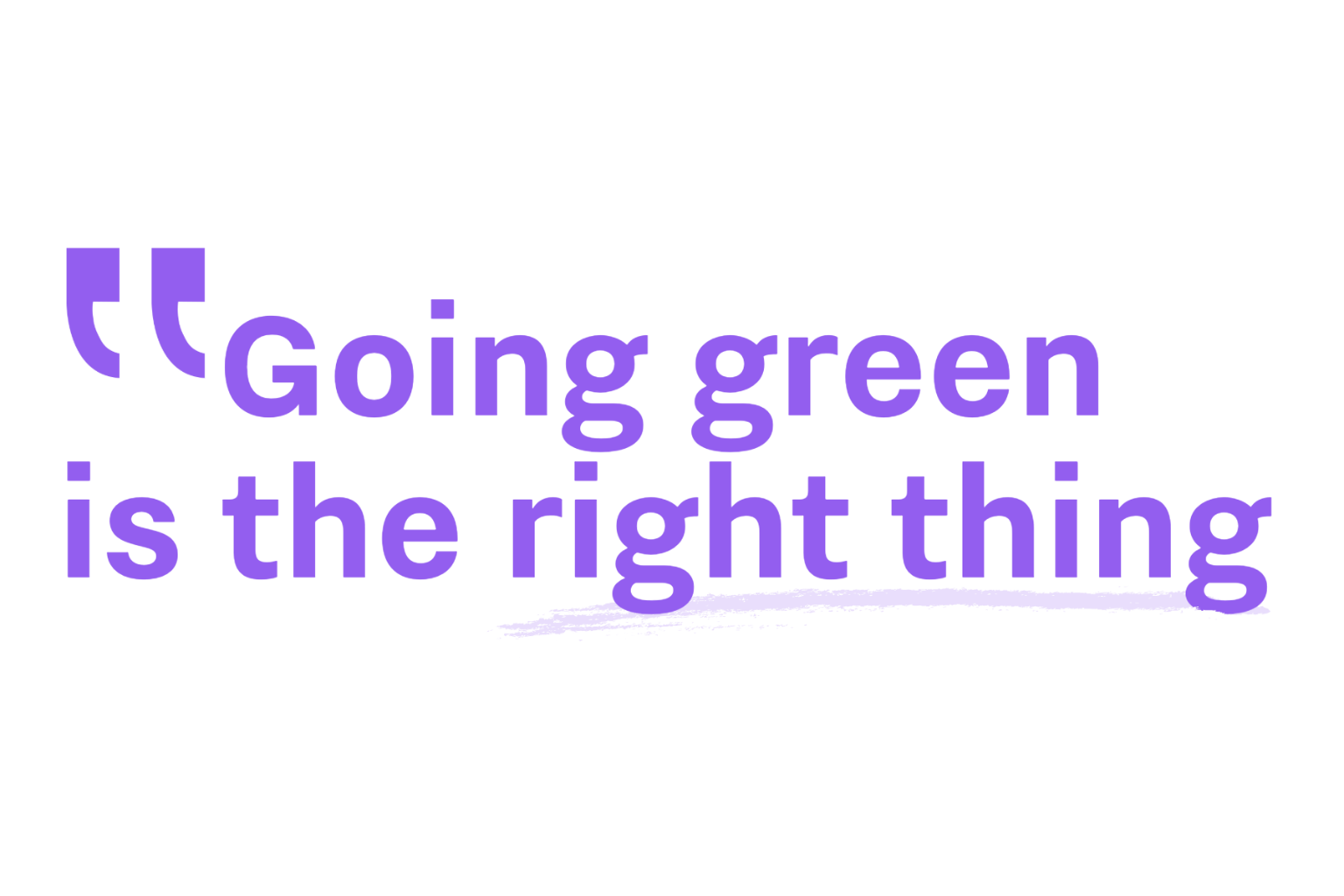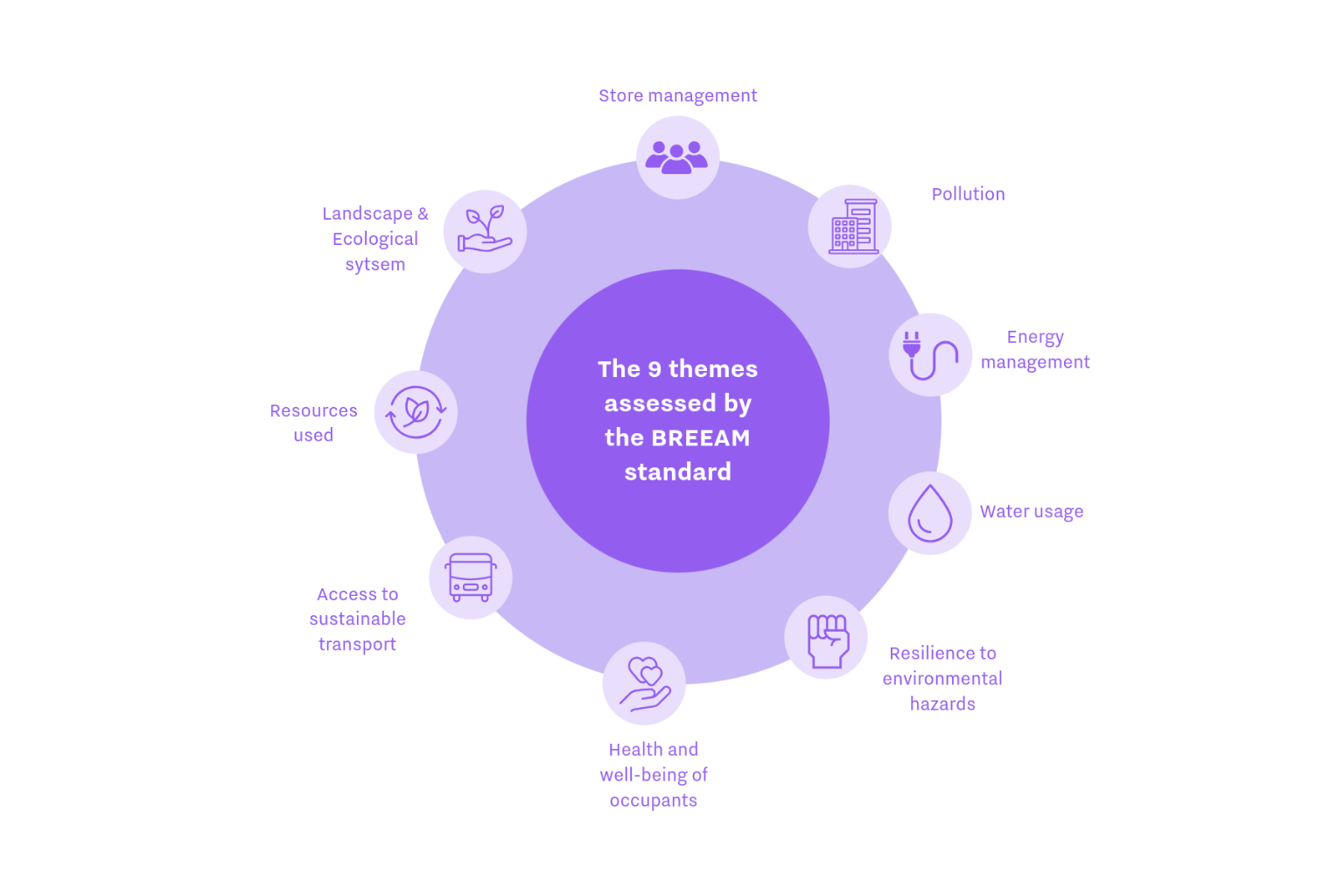Brands are facing a rising demand for publishing their carbon emissions directly and indirectly linked to their activities. This exercise has revealed the significant impact of their point-of-sales located across the World. With the sophistication of the carbon footprint’s calculations, brands have started to account for the emissions related to their retail network – which typically falls under their Scope 3 downstream (Scope 3 emissions are the result of activities from assets not owned or controlled by the reporting organization which is often the case for mono-Boutiques in the watch industry managed by wholesalers).
ESG and the retail space. ESG and the retail space. ESG and the retail space. ESG and the retail space. ESG and the retail space
ESG and the retail space. ESG and the retail space. ESG and the retail space. ESG and the retail space
ESG and the retail space
by Sébastien Cretegny
A closer look at the main sustainability certifications for luxury retailers.
ESG and the retail space
As a result of these new analysis, brands have found in LEED and BREEAM a useful framework to apply when looking for solutions to reduce the impact of their retail network and enhance the occupants and visitors’ experience. Given that excellence and exceptional experiences are paramount for the luxury industry, scoring a high recognition on the environmental and social fronts is a matter of reputational consistency and brand equity.
A snapshot of the luxury industry
Prada has been one of the earliest adopters of these concepts within the luxury industry and led the charge ever since with more than 130 boutiques LEED Certified, making Prada the luxury retailer with the highest number of LEED Certified stores. The Prada Group has committed to LEED certify around 300 stores by 2024 (Prada, 2021).
LEED is the favorite destination for luxury retailers who have favored its straight-forward approach over the more academic system of BREEAM. Today LEED, which was founded in the US, has a larger international presence than BREEAM, also explaining its reach within the industry with twice as many countries worldwide (180) than its UK counterpart (93).
Chanel and Tiffany & Co. followed suit with the French luxury powerhouse announcing that in 2022 they had reached the milestone of more than 200 LEED Certified sites globally, both retail and buildings (Chanel, 2022). As for the American luxury jewelry house, they committed to reach by 2025, at least 30% of our floor area (by square feet) will be LEED Silver certified or above and we will be on track towards our ultimate goal of having all retail, manufacturing, distribution, offices and other spaces in line with Tiffany & Co. Sustainable Building Fundamentals & Guidelines. Starting in 2021, all key new construction, expansion, renovation, and interior fit-outs achieve LEED Silver certification or above’ (Tiffany & Co., 2020).
Besides Tiffany & Co., Fendi is leading the way within the LVMH Group, with 30 stores listed on the LEED Directory (LEED) while Louis Vuitton recorded 8 projects. At this point, no brands from the Group’s Watch division claim certified boutiques.
In their 2022 Sustainability Report, Richemont showcased 55 LEED Certified boutiques with Cartier leading the way with 38 stores Certified (Richemont, 2022). The 2023 edition did not provide this level of details but mentioned that ‘Richemont recognizes that driving energy efficiency is an effective path to further reducing emissions. To identify opportunities for improvement, in 2021, the Group developed an internal environmental assessment tool: the Green Building Score Card. It covers a range of topics such as urban integration, energy, waste, water use and employee well-being, using criteria derived from recognized rating systems such as LEED and BREEAM. For boutiques, we typically operate in a larger retail environment that we do not control. We have managed to certify some boutiques through LEED that are predominantly newly opened or recently renovated (Richemont, 2023).
The Kering Group has also experimented certifications, with Gucci who in 2009 became the first luxury brand to achieve LEED certification. ‘A symbol of excellence in sustainable development, LEED certification provides a framework for creating healthy, highly efficient, and cost-effective green buildings, and is globally recognized as the leading green certification for buildings. Since then, Gucci has received new LEED certifications throughout its distribution network, with over 110 stores certified in total by 2022. Gucci plans to obtain LEED certification for all 380 of its directly-operated boutiques by 2025 (Gucci, 2023).
For its part, Hermès has developed its own internal Sustainable Construction Framework, the Harmonie standard. This standard is aligned with the requirements of existing sustainable construction standards (LEED, BREAM, HQE) in terms of CO2 emissions, air quality, local supply and respect for biodiversity, and is also based on criteria related to the environmental quality and comfort in use of the buildings (Hermès, 2022).
On the retailer side, it is worth mentioning Watches of Switzerland, UK's largest authorized luxury watch retailer, who claims that ‘when searching for new retail premises and negotiating new leases, we prefer locations with green building certifications and 17% of our properties hold either a BREEAM rating or an equivalent green certification (WOS, 2022).
Depending on the context and expectations of the stakeholders, it happens that a project would choose to pursue both LEED and BREEAM certifications, besides local and/or national labels, which was the case for the landmark renovation project of ‘La Samaritaine’ in Paris that achieved BREEAM ‘Excellent’ level and ‘Gold’ from LEED.





